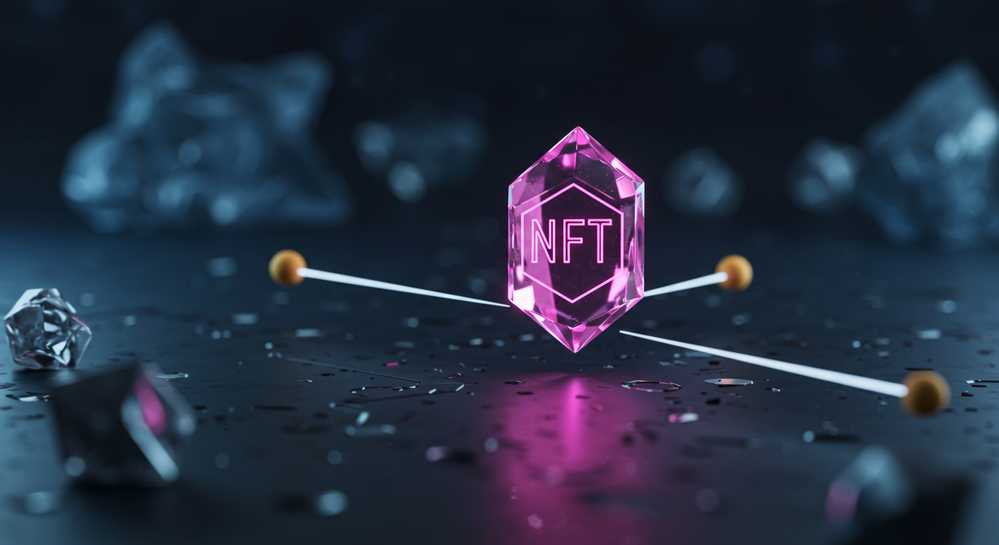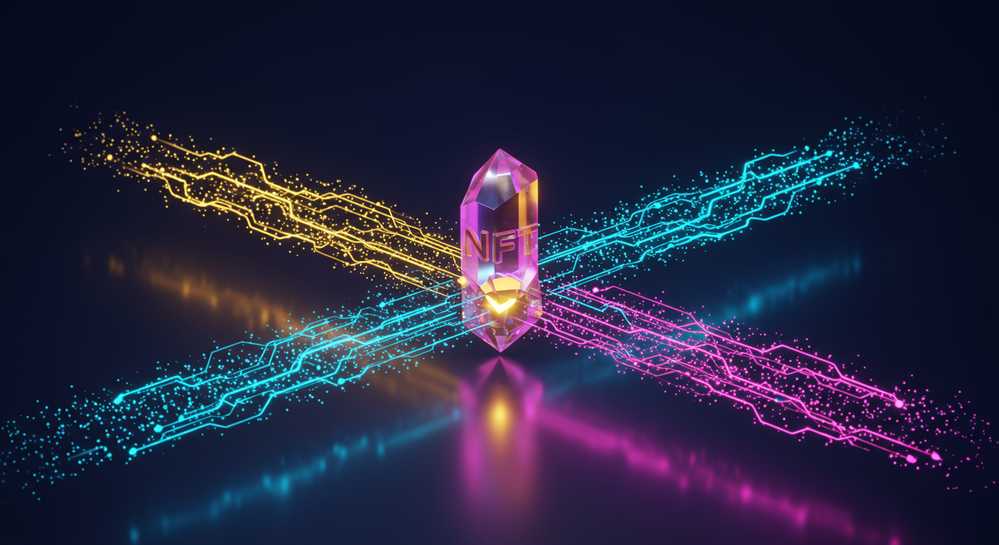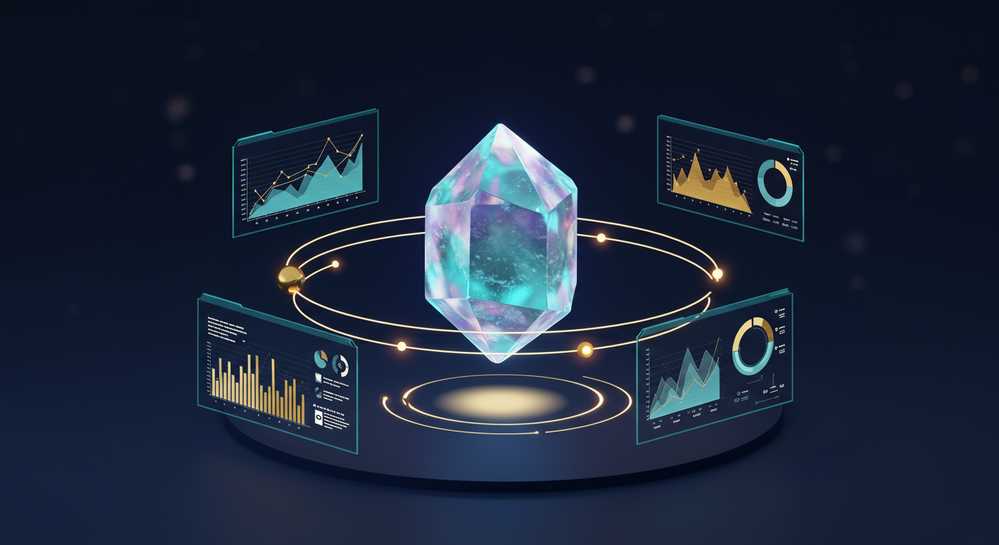The dazzling hype of the NFT boom has faded, leaving many to wonder about their future. So, are nfts still popular in 2025? While the speculative frenzy is over, NFTs are not gone. Instead, they are evolving, shifting from digital collectibles to assets with tangible utility, integration, and real-world applications. This article explores that crucial transformation and what it means for the market’s future.
The great nft cooldown beyond the hype

The shift from speculative hype to sustainable value
The explosive NFT boom of 2021, defined by multi-million dollar sales of digital art like CryptoPunks, has significantly subsided. The market entered a necessary correction phase, often called the crypto winter. During this period, trading volumes for speculative NFTs saw a dramatic decline. Many projects with little more than hype to support them lost their value, leading many to question the technology’s long-term viability.
So, are NFTs still popular in 2025? This cooldown was not an end but a crucial filter. It purged the market of unsustainable speculation and forced the ecosystem to mature. The focus has decisively shifted from what an NFT looks like to what it can do. This evolution toward tangible benefits is a core component of the current global cryptocurrency market forecast. This new foundation, built on utility rather than hype, is setting the stage for a more resilient and functional future for digital assets.
The rise of utility nfts
The true measure of whether NFTs are still popular in 2025 is found in their utility. While the initial wave was dominated by digital art, the new generation represents verifiable ownership and access across many applications. This evolution from speculative collectibles to functional tools is the core reason for their continued relevance.
- Gaming: NFTs are no longer just cosmetic skins. They represent in-game assets that players truly own and can trade, creating robust player-owned economies. This is a central concept in modern undefined.
- Ticketing and Memberships: Event organizers use NFTs to issue counterfeit-proof tickets that unlock exclusive perks. This model is also applied to loyalty programs and exclusive memberships, adding verifiable value.
- Real-World Asset Tokenization: Tokenizing physical assets like real estate is gaining traction. An NFT serves as an immutable digital certificate of ownership, simplifying transactions and proving authenticity.
- Digital Identity: NFTs are being explored as a secure way to manage digital identities. They can represent academic credentials or certifications, giving users more control over their personal data.
Key drivers for nft adoption in 2025

Several key factors are paving the way for mainstream NFT integration, ensuring their place in the digital landscape of 2025. These are not speculative trends but foundational shifts in technology and business strategy. They provide a clear answer to whether NFTs are still popular by demonstrating tangible, long-term growth.
Brand integration and loyalty programs
Major global brands like Nike and Starbucks have moved beyond experimental drops. They now integrate NFTs into core marketing and customer loyalty strategies. These digital tokens act as passes to exclusive communities, grant early access to products, and reward loyal customers, creating deeper interactive relationships than traditional methods.
Technological improvements
Blockchains are becoming faster, cheaper, and more efficient. The undefined solutions has drastically reduced transaction costs and times. This makes NFTs more accessible for everyday uses like ticketing and in-game items. Improved wallet security and user experience are also removing significant barriers to entry.
Regulatory clarity
As governments establish clearer rules for digital assets, institutional and retail confidence in NFTs is growing. Legal clarity protects consumers and legitimizes the market. This encourages larger companies to invest in NFT technology without fear of sudden legal changes, ensuring long-term stability and growth.
How to evaluate nft projects in the new era

In a market driven by function over hype, the criteria for evaluating an NFT project have changed completely. Speculating on art is no longer the primary strategy. Instead, a successful investment in 2025 requires a deeper analysis of a project’s fundamentals and long-term vision. This approach is key to identifying projects with lasting value and understanding why the most resilient NFTs are still popular.
- Utility and Use Case: The NFT must serve a clear purpose. Its value is directly tied to its function, whether as an in-game item, a membership pass, or proof of ownership.
- The Team and Roadmap: Investigate the developers behind the project. A transparent and experienced team with a clear, realistic roadmap is a strong indicator of potential longevity.
- Community and Ecosystem: A strong project has an active, engaged community. Focus on the quality of discussion and the ecosystem being built around the NFT, not just follower counts.
- Technology and Interoperability: Consider the underlying blockchain technology. Projects built on secure, scalable platforms that can operate across different chains are better positioned for success.
NFTs in 2025 are less about speculative hype and more about integrated function. Their popularity is no longer measured by soaring floor prices but by their application in gaming, digital identity, and ownership verification. As the technology matures, focusing on utility will be key to navigating this new landscape. To stay ahead of the curve, explore the tools at MevXBot and harness the power of automated trading.
